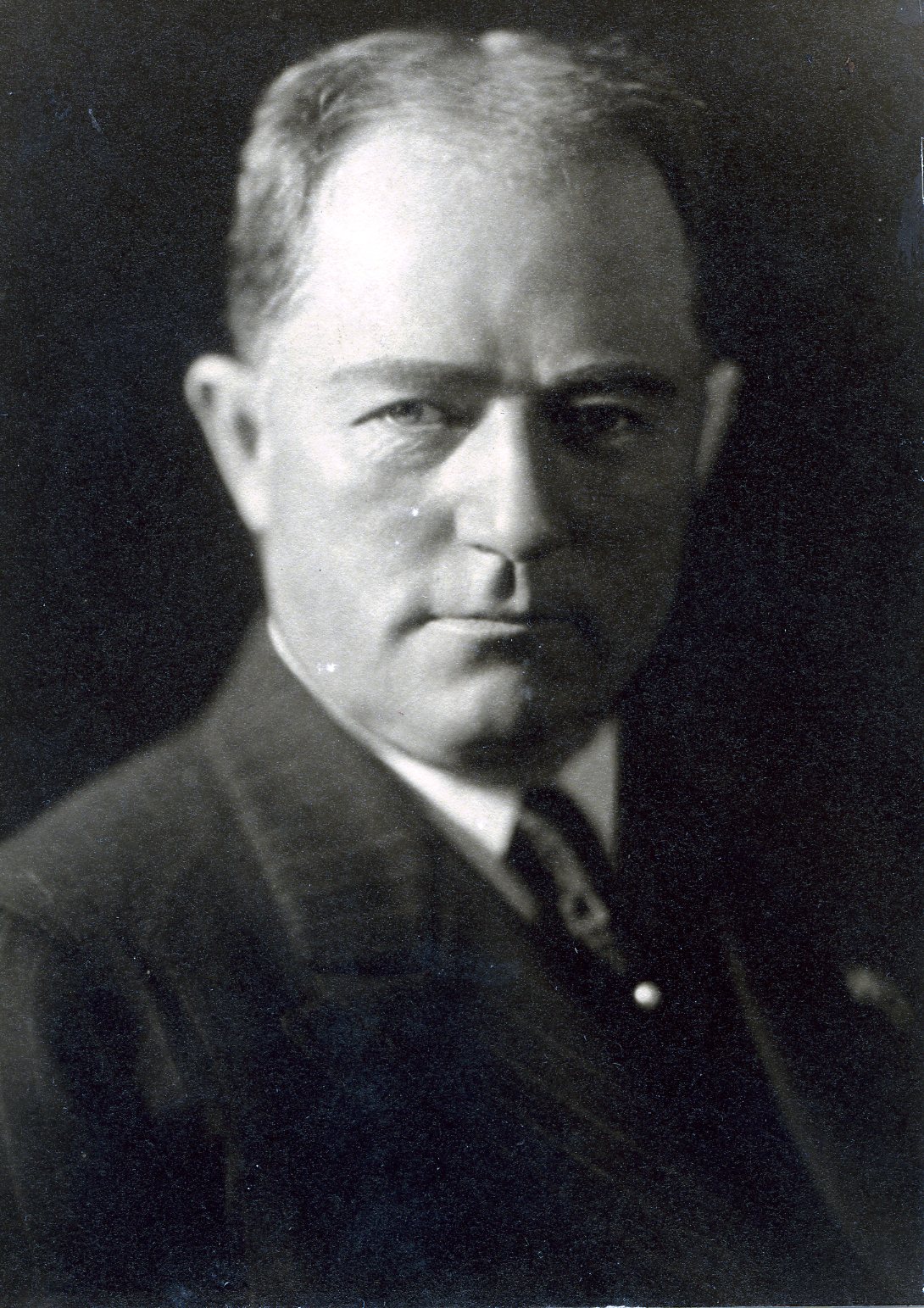Banker
Centurion, 1913–1922
Born 13 June 1867 in Troy, Pennsylvania
Died 6 May 1922 in Locust Valley, New York
Buried Locust Valley Cemetery , Locust Valley, New York
, Locust Valley, New York
Proposed by Morgan J. O’Brien and George Landon Ingraham
Elected 3 May 1913 at age forty-five
Century Memorial
The death roll of 1922 again shows what striking individualities, what notable and often dramatic careers, emerge from the every-day surroundings of those whom we call our business men. The sudden forward surge of American financial, commercial and industrial achievement which occurred in 1900 brought to the front a group of previously little-known young men, into whose hands the guiding of the country’s financial fortunes very largely fell thereafter. One of those men was Henry Pomeroy Davison, who started in business as messenger for a country bank at the age of 19, was elected president of a New York bank at 32, and nine years later was called to partnership in the house of Morgan.
Davison’s clear mind, sound financial judgment and immense personal energy made him almost from the start a leader in large undertakings. The public mind nowadays identifies him with the Red Cross, in whose behalf, after our entry into the European war, he expended the last ounce of his extraordinary vitality; whose organization, under his personal direction, quickly became one of the marvels of the world; whose “hundred-million-dollar drives,” up to that time an unimaginable exploit, were planned and carried to their invariable success by his individual initiative. This achievement, and even more impressively his personal organization of the active Red Cross work throughout the war zone, were of the highest possible importance to the cause of the Allies in the Great War. It has been the testimony of many French and British observers that from April, 1917, to April, 1918, when the American Army was not yet equipped for the firing line, the active presence of Davison’s corps of American Red Cross workers was an influence difficult to overestimate in strengthening the morale of the Allied Armies. It was the sorely-needed visible evidence that American support on the grand scale was close at hand.
Of Davison’s share in the large operations of international finance during 1915 and 1916, Wall Street knew more than the general public; but probably even Wall Street never fully understood the part which he played at the very outbreak of the war. In its basic financial policy the American market came in August, 1914, to the parting of the ways. Belligerent Europe and the neutral nations had declared a moratorium on their debts, suspended gold payments and chosen the path of depreciated paper money. A large body of New York bankers argued that if contracts were deferred and gold payment abandoned by foreign markets indebted to our own, we had an equal right to adopt the same precaution. This conclusion Davison and his partners promptly challenged; urging on their banking associates that the only program consistent with American character and American opportunity was to pay out gold freely for all our foreign obligations, even in the face of world-wide suspension.
Confronted with the obstinate reasoning that, with $4,000,000,000 of our stocks and bonds in Europe’s hands, we could not give up gold without inviting financial disaster to ourselves, Davison seized on the case of an $80,000,000 New York City gold loan, falling due in Europe during the autumn of 1914; told the reluctant bankers that if New York City were allowed to default on its foreign obligation the financial disaster would have arrived already, and eventually drew them into the famous “pool,” whereby nearly all the available gold in American bank reserves was pledged to meet our foreign indebtedness promptly as it matured. What this bold stroke meant for the future international power and prestige of the United States, almost everybody now knows. What the outcome would have been if we had hoisted the white flag of voluntary insolvency in 1914, is a riddle which will never be answered.
Alexander Dana Noyes
1923 Century Association Yearbook

